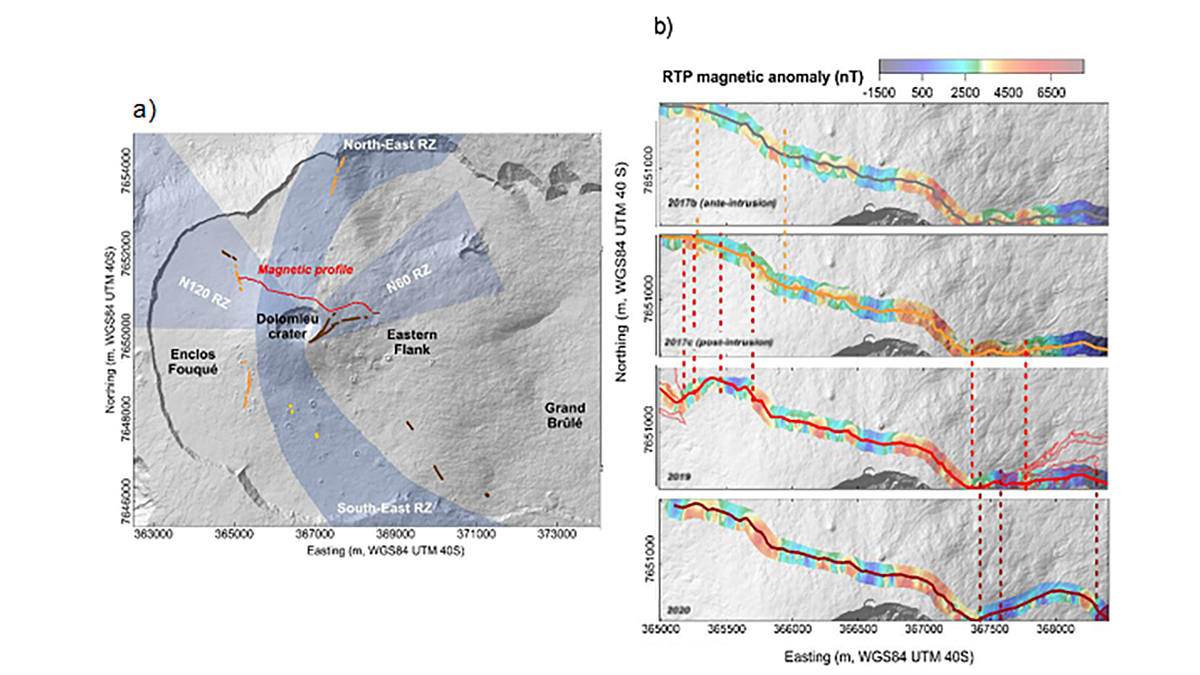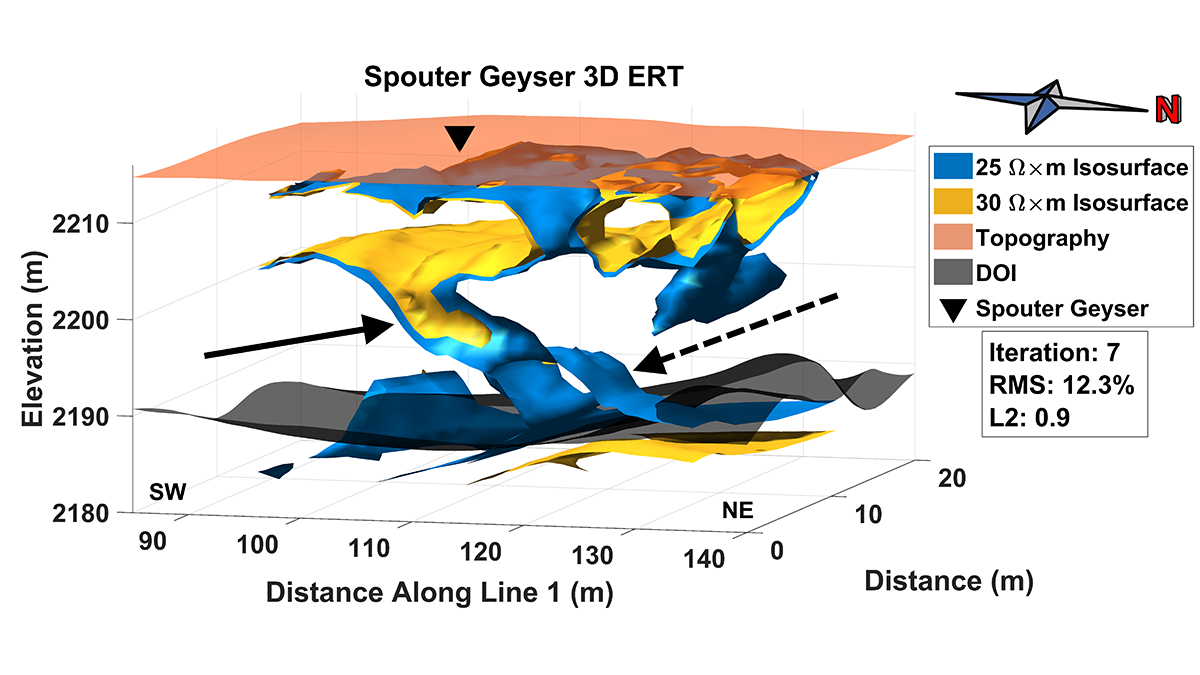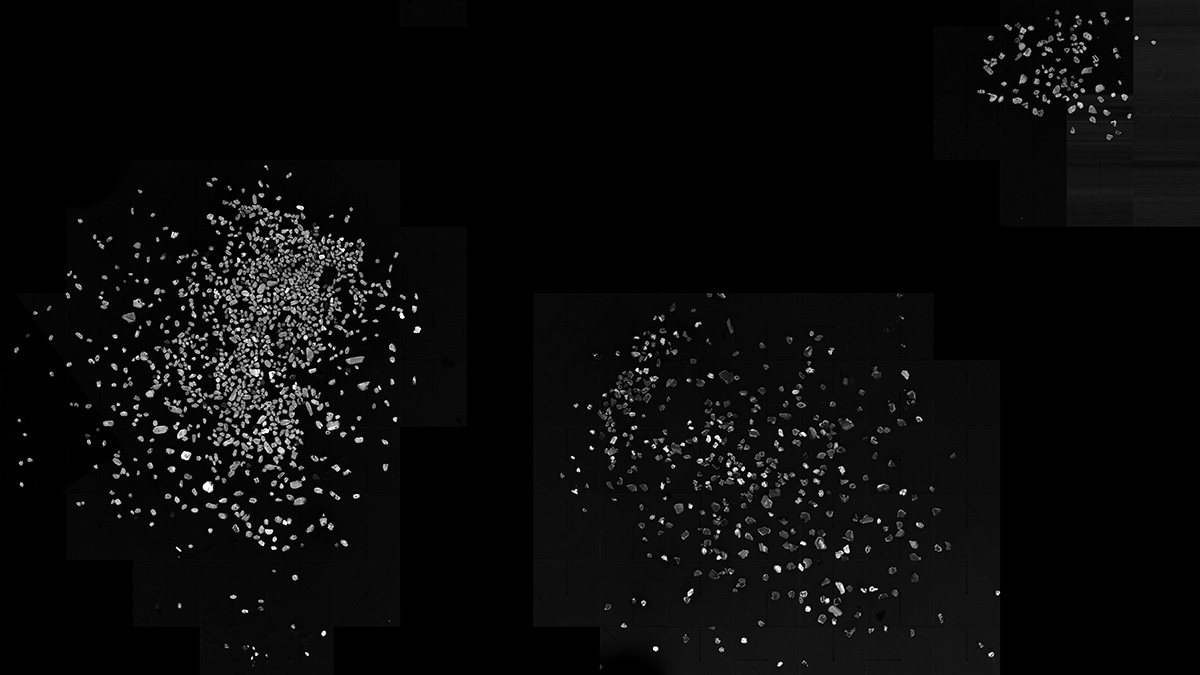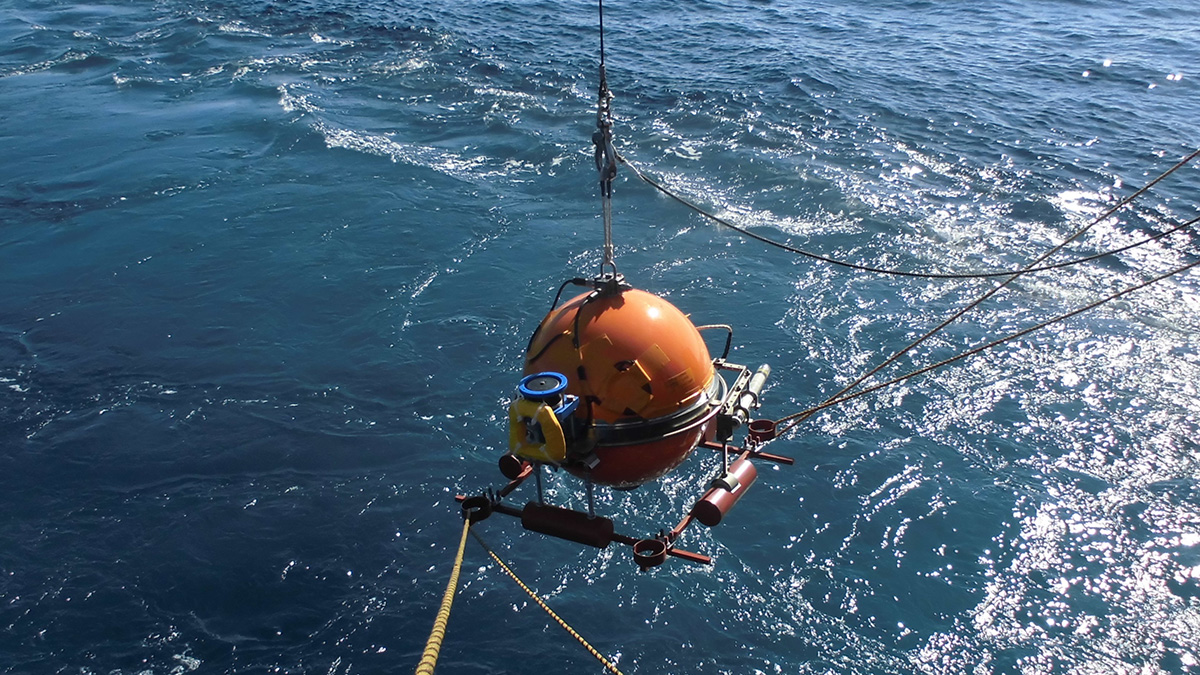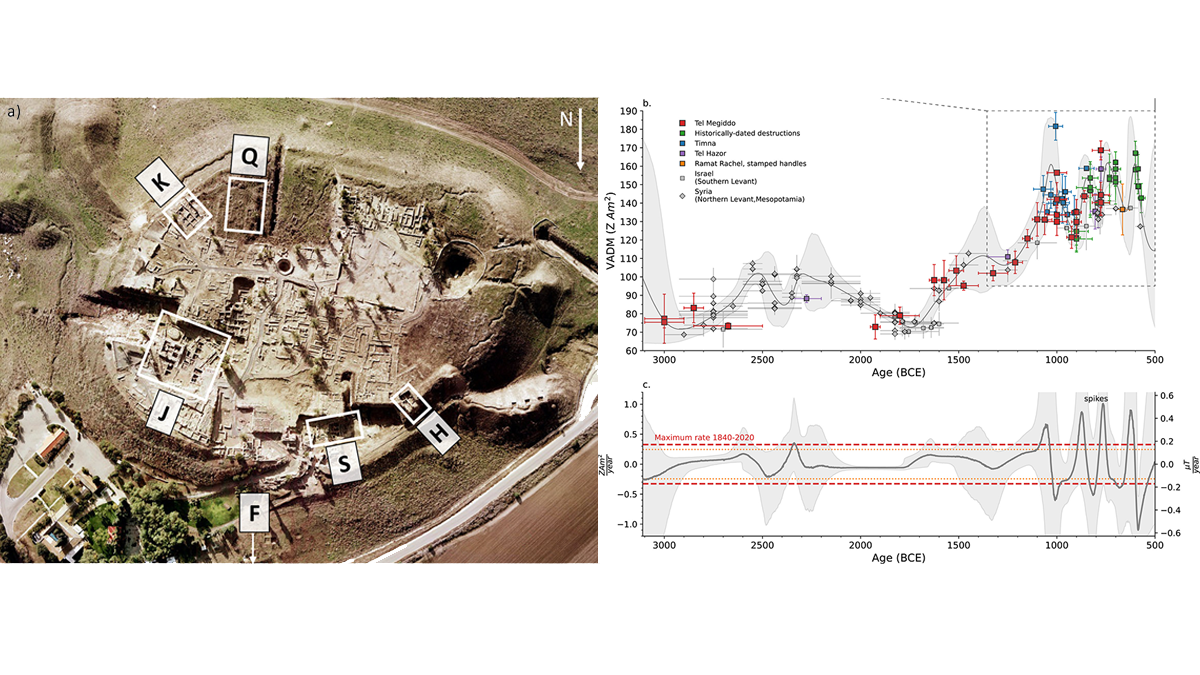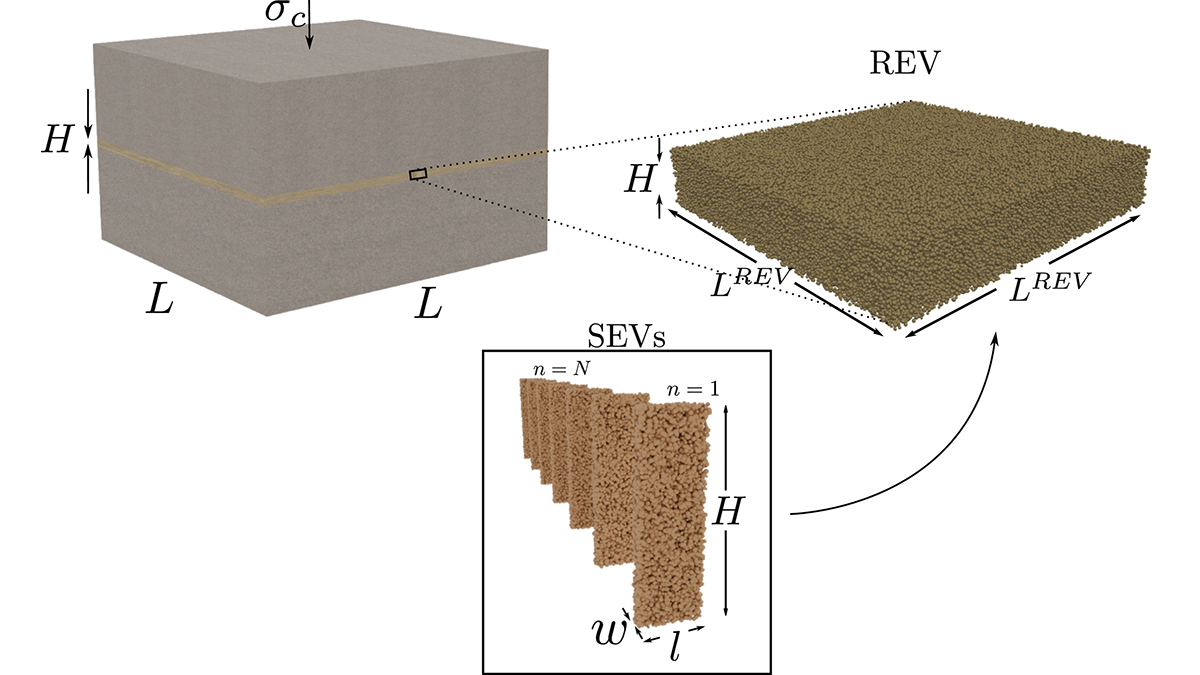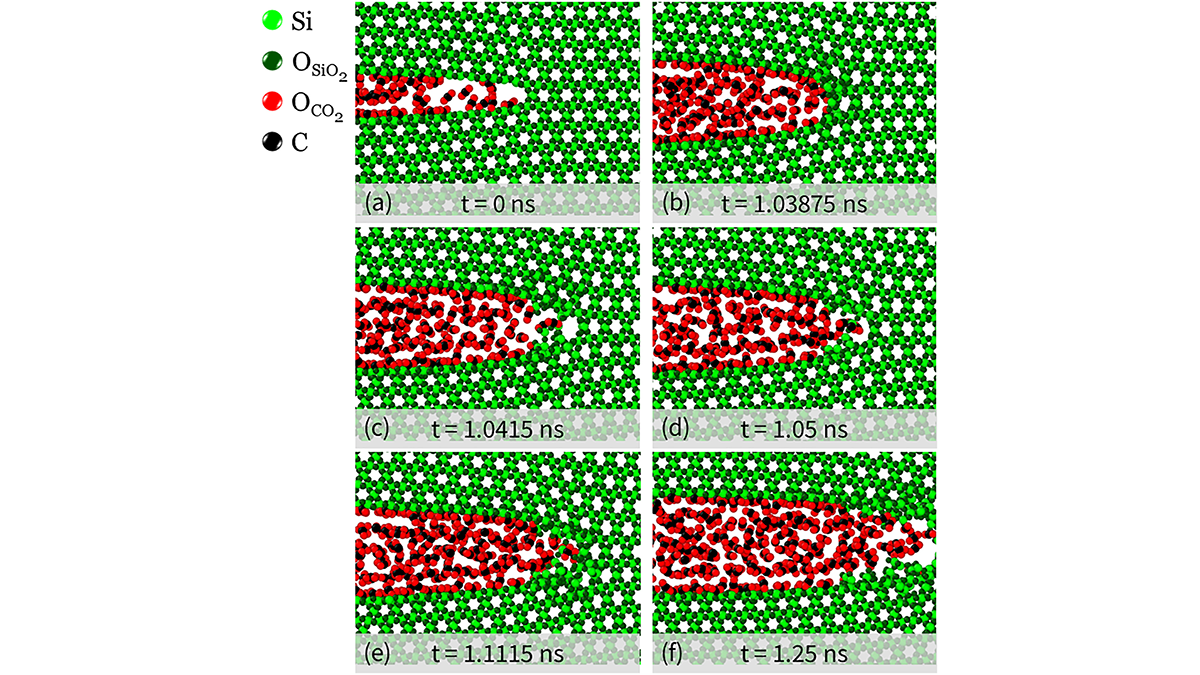Spatiotemporal magnetic monitoring along with InSAR models is a powerful tool to image magmatic, hydrothermal, and mechanical changes within the volcanic edifice of the Piton de la Fournaise.
Journal of Geophysical Research: Solid Earth
Yellowstone Geyser is Diagnosed with Bubble Trap Syndrome
Like humans who eat too many beans, Yellowstone’s Sprouter Geyser has recurrent issues with gas.
Prospecting for Copper with Machine Learning and Zircons
Using artificial intelligence, researchers can now identify zircons derived from valuable copper deposits.
Small-Scale Convection Shuffles the Oceanic Lithosphere
Seafloor spreading organized lithospheric minerals into a lattice, but small-scale convection jumbled up the innermost layer.
Large Geomagnetic Field Changes Recorded by Archeomagnetism
A rare case of absolute paleointensity data in sub-centennial resolution from an archeological site provide much higher values than predicted by existing magnetic field models.
Upscaling Slip and Friction From Grains to the Fault Core
Numerical simulations demonstrate how averaging deformations at the grain scale may unravel the macroscopic friction and unstable slip behavior of a fault core.
CO2 Reduces the Onset of Fracturing at the Nanoscale in Quartz
Large scale molecular dynamics simulations unravel the coupled processes at work during fracturing and flow of carbon dioxide and water in quartz grains at the nanoscale.
A New Measure of Roughness Could Advance Earthquake Geophysics
Scientists recently developed an alternative way to measure a rock’s roughness. It might help them understand the physics of faults.
New Tectonic Plate Model Could Improve Earthquake Risk Assessment
A new model of tectonic plates in New Zealand may identify areas of increased earthquake likelihood.

